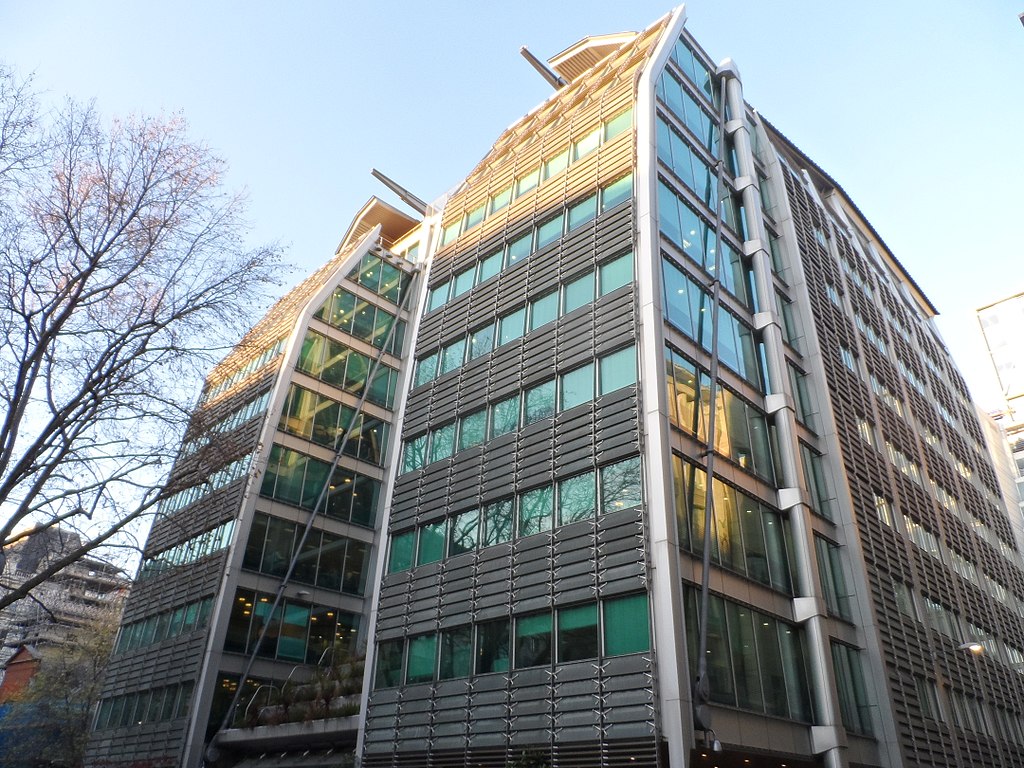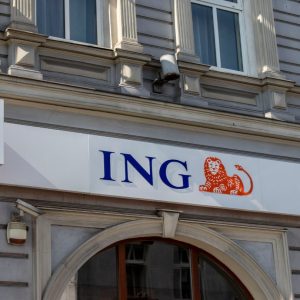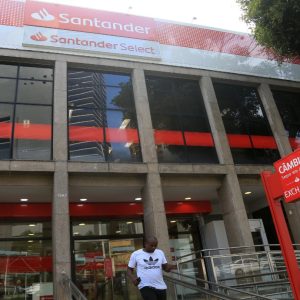
Lloyds Banking Group reported a 4% decrease in its statutory profit after tax for its first half of 2019 at £2.225bn, compared to £2.317bn made in the first half of the prior year.
The British financial institution said that strong underlying profit of £4.19bn in the reported period was more than neutralised by higher below the line items, which included the £550m payment protection insurance (PPI) provision charge in the second quarter. The underlying profit for H1 2019 that ended 30 June 2019 came down by 1% compared to £4.23bn reported in H1 2018.
The earnings per share came down by 7% to 2.7p compared to 2.9p in the first half of the previous year.
Net income of Lloyds Banking Group drops 2%
Lloyds Banking Group’s net income dipped 2% in H1 2019 to £8.82bn from £8.97bn made in H1 2018. The banking group said that this was due to lower net interest income of £6.14bn and a 1% drop in other income at £3.1bn, which was offset partly by reduced operating lease depreciation of £473m.
Lloyds Banking Group reduced its H1 2019 operating costs by 3% to £3.9bn compared to £4.02bn reported in the same period in 2018.
The group’s retail banking division saw a 3% reduction in its net income from £5.08bn to £4.91bn in the reported period. The underlying profit decreased 7% to £1.98bn.
In commercial banking, Lloyds Banking Group had a 6% drop in its net income at £2.18bn compared to £2.32bn in H1 2018. The underlying profit was down by 16% to £992m.
The insurance and wealth division saw a 21% surge in net income to £1.24bn, while the underlying profit was up by 41% to £677m.
The board of the banking group announced an interim ordinary dividend of 1.12p per share, which is a 5% increase compared to 1.07p in the same period last year.
Lloyds Banking Group chief executive António Horta-Osório said: “Given our clear UK focus, our performance is inextricably linked with the health of the UK economy. The economy has remained resilient, however the continued economic uncertainty is having an impact on business confidence and leading to some softening in international economic indicators.
“Companies’ investment and employment intentions have both declined in the second quarter of 2019 while global growth has softened and interest rate expectations have declined. Despite this the consumer sector remains robust with increased levels of employment and rising real wages, supporting consumption and GDP growth.”






